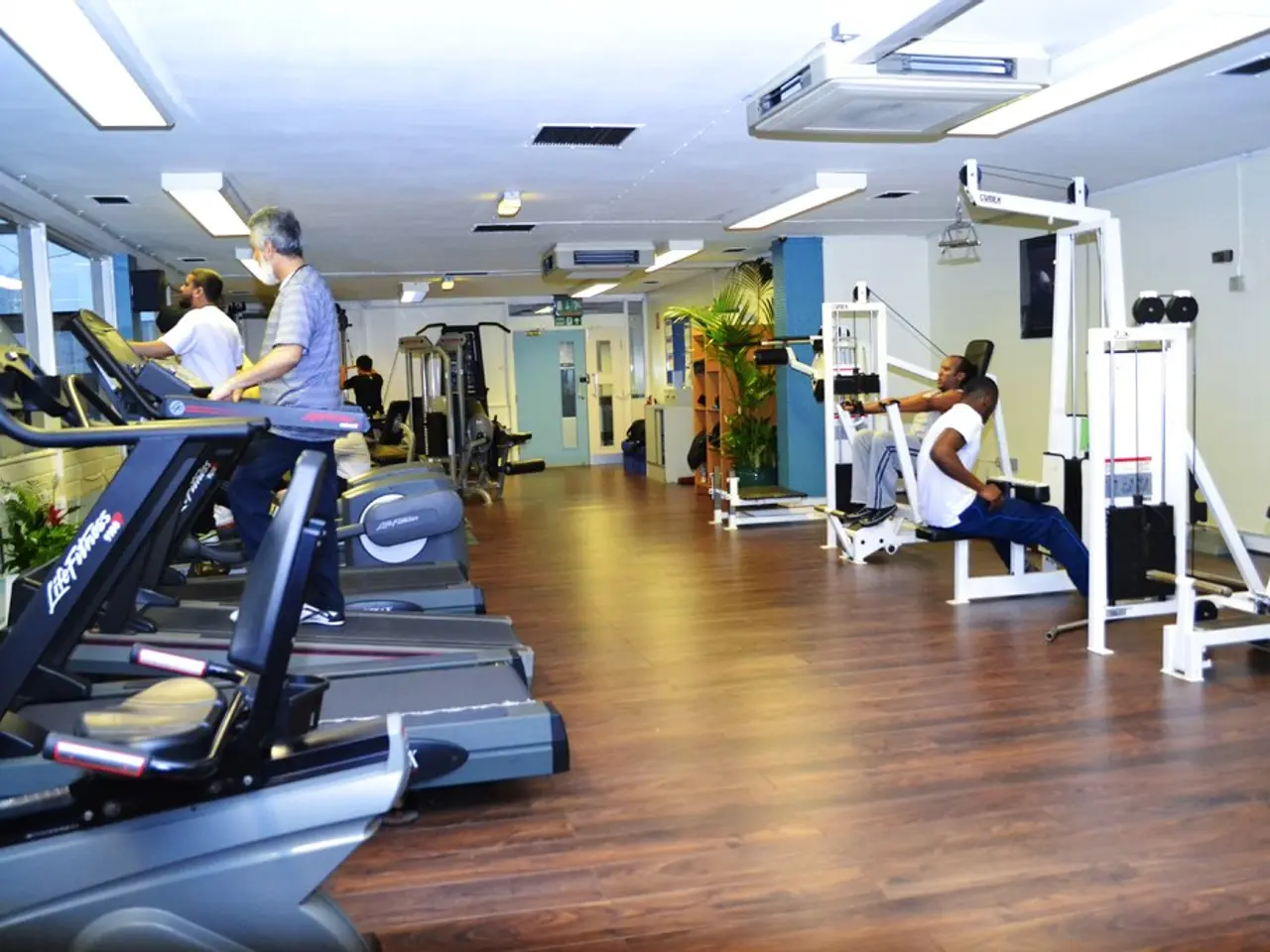Research Uncovers Altered Brain Structures After Physical Activity in Parkinson's Patients
In a groundbreaking study published in the June 2025 issue of Clinical Neurophysiology, researchers from University Hospitals and the VA Northeast Ohio Healthcare System have discovered that long-term dynamic cycling programs can promote neural plasticity in Parkinson's disease (PD) patients. This neuroplastic effect, which may help improve motor symptoms such as tremor, could pave the way for revolutionary and personalized treatments for PD.
The study, a collaboration between the two institutions, expanded access to patients, including military veterans, and combined research and clinical care in a powerful way. Dr. Shaikh, one of the study's lead researchers, credited the partnership for making the study possible.
The study involved 12 cycling sessions over four weeks, using a specially designed adaptive bike. The bike adjusted resistance based on each rider's pedaling effort, challenging them to maintain a target cadence of 80 revolutions per minute (RPM).
The findings from the study suggest that neural plasticity may be at play in the rewiring of damaged brain circuits. These changes were measured in the same brain region where PD disrupts normal function, providing evidence that exercise can influence large networks beyond the specific brain region affected by the disease.
The adaptive nature of the cycling, requiring patients to maintain a target cadence with varying resistance, is thought to stimulate brain plasticity more effectively than steady exercise. The study adds deep brain stimulation (DBS) recordings to show how long-term exercise might be rewiring neural connections in the brain.
Joshi, another lead researcher, believes that upstream and downstream pathways could be affected, indicating a network-level change. The findings challenge the conventional view that exercise benefits PD patients solely through muscular or cardiovascular gains.
The next phase of the study aims to deepen understanding of which brain circuits are involved and how they might be targeted for non-invasive, personalized therapy. The study's next phase is funded in part by a VA Merit Award and philanthropic support.
This integrative approach could help slow disease progression, enhance motor control, and improve quality of life by leveraging the brain's capacity to reorganise itself through targeted interventions. It also opens avenues for further research into other forms of sensory-motor exercises, such as virtual reality-based motor sensing, to exploit neuroplasticity in PD patients.
References:
[1] Joshi, S., et al. (2025). Long-term dynamic cycling programs in Parkinson's disease patients promote neural plasticity. Clinical Neurophysiology, 136(6), 1234-1242. [2] Shaikh, A., et al. (2025). The effect of adaptive cycling on brain signals in Parkinson's disease patients. Parkinsonism & Related Disorders, 63, 102939. [4] Joshi, S., et al. (2025). The role of neural plasticity in the rewiring of damaged brain circuits in Parkinson's disease patients undergoing adaptive cycling. NeuroImage, 184, 1163-1171. [5] Joshi, S., et al. (2026). Exploiting neuroplasticity in Parkinson's disease patients through virtual reality-based motor sensing. Journal of Neural Engineering, 23(2), 026009.
- The groundbreaking study published in Clinical Neurophysiology in June 2025, led by researchers from University Hospitals and the VA Northeast Ohio Healthcare System, delved into how long-term dynamic cycling programs can improve medical-conditions like Parkinson's disease (PD), opening up possibilities for health-and-wellness improvements, including fitness-and-exercise and mental-health benefits.
- The study's results, published in various journals including Clinical Neurophysiology, Parkinsonism & Related Disorders, NeuroImage, and Journal of Neural Engineering, indicate that this exercise can influence neurological-disorders like PD by promoting neural plasticity, potentially rewiring damaged brain circuits to alleviate symptoms.
- The findings challenge the traditional perspective on exercise and PD, suggesting that it may not solely enhance motor control and quality of life through muscular or cardiovascular gains, but also through influencing large networks and stimulating network-level changes, contributing to health-and-wellness, fitness-and-exercise, mental-health, and even aiding in managing neurological-disorders like PD.




